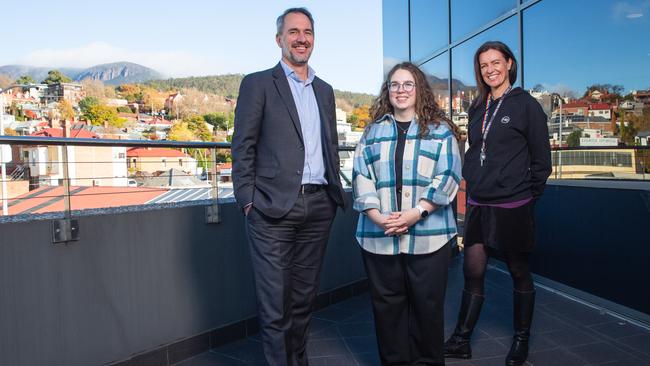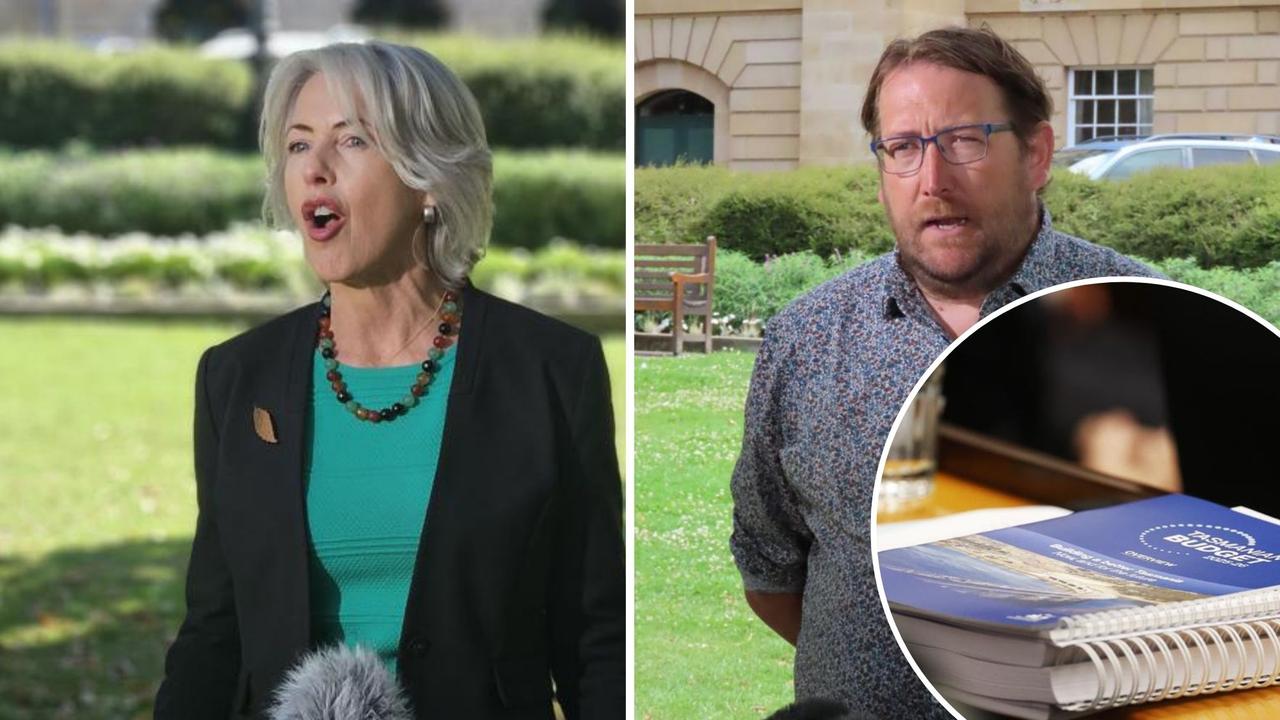How to avoid Buy Now, Pay Later traps
Buy Now, Pay Later schemes are popular among young Tasmanians, but is it setting them up for success?

Tasmania
Don't miss out on the headlines from Tasmania. Followed categories will be added to My News.
Young Tasmanian Morgan Rowbottom believes she’s pretty savvy with paying off her Afterpay, but admits she’s been tripped up.
“I’ve also fell into the trap of seeing something on social media and immediately going ‘that sounds great’ and I’ll just put it on Afterpay because I want it now,” Ms Rowbottom said.
She said when that happened too much and payments added up weekly, it had consequences.
“Instead of being able to go out with my friends, maybe to dinner or a concert, I’ve had to take money out of those accounts to make Afterpay payments,” she said.
However, she said she found the Buy Now, Pay Later [BNPL] scheme was less dangerous than a credit card she could tap and forget.
“I’ve never missed [BNPL] payments, but also have used it when I know I can make payments,” she said.
She’s one of nearly half of Tasmanians under 35 using the payment services, the latest MyState/Home Base Tasmanian financial wellbeing report has found.
It found the age group was also twice as likely to hold payday loans, many have no savings buffer and nearly half have less in savings than a year ago.
The report surveyed 500 Tasmanians about their financial wellbeing, with more than 100 people aged under 35.

MyState chief executive Brett Morgan said many younger people building challenging financial foundations using a lot of BNPL.
While debt to purchase a home or car was “for good reasons”, loans to support lifestyle could be more challenging, he said.
“That’s OK if people stay on top of it, but if people fall behind and start paying big fees, start paying charges, and that can become a challenge,” he said.
“You just have to be cautious. Please understand it can wrack up the fees and charges for you and does impact your credit rating, which supports your future … particularly for a home loan.
“There is a great use for BNPL, but also a trap.”
Overall, the report found there was more optimism now than 12 months ago.
Home Base Tasmania’s Dianne Underwood said part of the optimism for young people was federal Labor’s promise to reduce HECS debt.
She noted caution to that optimism with the report suggesting savings was decreasing and BNPL more prevalent.
“I think really important to understand differences in the community from when particularly I grew up in our generation,” Ms Underwood said.
“We were very risk averse. We didn’t like taking on debt but knew property was a way for us to accumulate our wealth.
“These days young people are seeing that’s totally out of bounds.
“It’s a concern because if you’re starting to rack up non-prime debts, so not for a house or car, on other things, what happens is putting you continually behind.”


